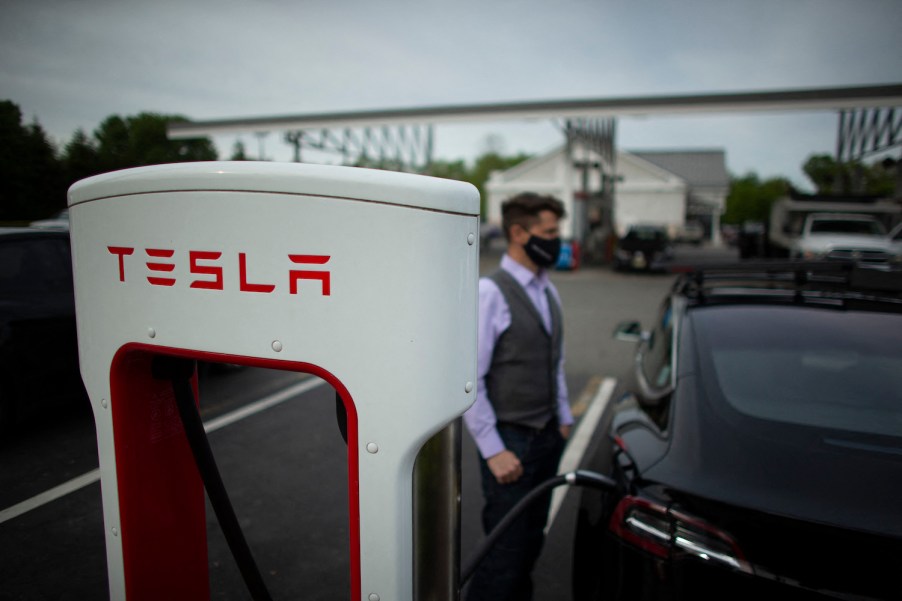
EPA Unveils Mileage Goal for 2026 Under Biden Plan
Biden’s plan for the EPA outlines a corporate fleet average real-world average of 37 mpg by 2026. The EPA made its ambitions clear on Thursday when the Biden administration announced its intent to undo Trump’s Safer Affordable Fuel-Efficient (SAFE) rule. The rule’s original purpose stifled clean-air efforts. It implored car companies to strive for a 1.5-percent increase of emissions standards per year, as opposed to Obama’s 5-percent. Trump’s administration cited cars would be more affordable, and thus more accessible, thereby increasing jobs and saving lives.
Are electric vehicles helping?

Despite electric and hybrid vehicles relentlessly flooding the market, the EPA estimates EVs will account for just 8-percent of total vehicle sales by 2026. The increase in emissions standards will make the cars more expensive to buy but will save drivers billions (total in the USA) in fuel costs, according to Autoblog. The agency also plans to impose technology vehicle multiplier credits, which are said to encourage automakers to push new technology.
While they are consistently improving, electric vehicles still face some uphill battles. Teslas have plenty of range and charge much quicker than they used to. However, an electric car with a substantial range isn’t as affordable as a gas-powered car with similar range capabilities. Despite their massive decrease, charging times deter potential electric vehicle buyers from owning one.
Over the years the EPA has enacted several rulings that helped decrease emissions from cars. Removing lead from gasoline and implementing standard exhaust equipment have helped reduce emissions by 99-percent since 1970. That said, there’s still a ways to go. Transportation in the U.S. still accounts for 29-percent of the country’s total emissions. EPA has even tackled the pollution from heavy-duty trucks.
What are car makers doing now?

A few auto manufacturers are already taking steps to make internal combustion engines more fuel-efficient. AMG, for instance, is building new E Performance hybrids, one of which makes over 800 horsepower from a 4.0-liter V8. This engine uses F1-derived engine technology. AMG has yet to announce the range estimates. Infiniti developed an engine with a second crankshaft, capable of adjusting compression on the fly from 8:1 to 14:1. In the meantime, more affordable cars exist that get great gas mileage.
How are fuels being developed?

Some of the biggest racing series are also making strides. Indycar uses E85, which is 51-83-percent ethanol. Ethanol is a renewable fuel, and E85 is readily available at some gas stations. Formula 1 has regulations in place that impose at least 10-percent bio-component fuel for the 2022 season. This percentage increases with each season, moving the sport closer to being 100-percent carbon-neutral.
The EPA’s ambitions are bold, but also possible. While the EPA estimates 8-percent of total car sales by 2026 will be electric, other car manufacturers are pushing the envelope with internal combustion technology. Recently President Biden signed an executive order, stipulating that 40-50-percent of all cars sold to be fully electric by 2030. Nearly every automaker already hitched themselves to the EV bandwagon, so it appears all that’s left is to make the cars go far enough, for cheap enough.


